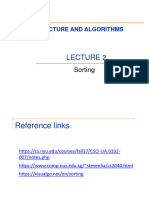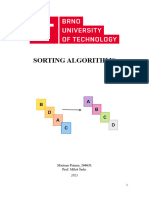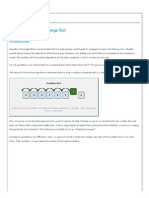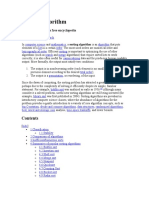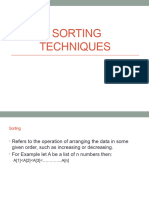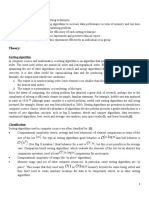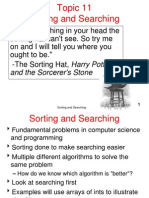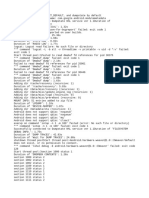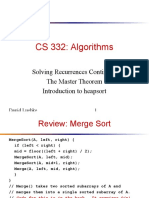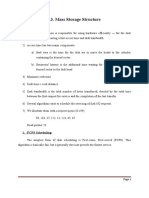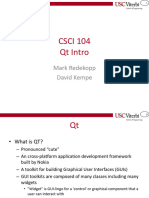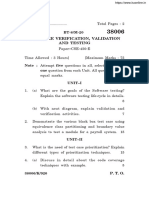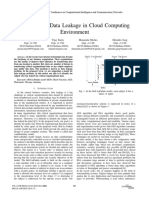0% found this document useful (0 votes)
11 views14 pagesUnit 1 - Problem Solving - 3
Unit 1 of the IGCSE Computer Science course focuses on problem-solving through understanding and creating algorithms, specifically sorting and searching algorithms. Key algorithms discussed include Bubble Sort and Merge Sort for sorting, and Linear Search and Binary Search for searching. The document highlights the efficiency differences between these algorithms, noting that Bubble Sort is slower for larger datasets compared to Merge Sort.
Uploaded by
sama2.3awadCopyright
© © All Rights Reserved
We take content rights seriously. If you suspect this is your content, claim it here.
Available Formats
Download as PPTX, PDF, TXT or read online on Scribd
0% found this document useful (0 votes)
11 views14 pagesUnit 1 - Problem Solving - 3
Unit 1 of the IGCSE Computer Science course focuses on problem-solving through understanding and creating algorithms, specifically sorting and searching algorithms. Key algorithms discussed include Bubble Sort and Merge Sort for sorting, and Linear Search and Binary Search for searching. The document highlights the efficiency differences between these algorithms, noting that Bubble Sort is slower for larger datasets compared to Merge Sort.
Uploaded by
sama2.3awadCopyright
© © All Rights Reserved
We take content rights seriously. If you suspect this is your content, claim it here.
Available Formats
Download as PPTX, PDF, TXT or read online on Scribd
/ 14






